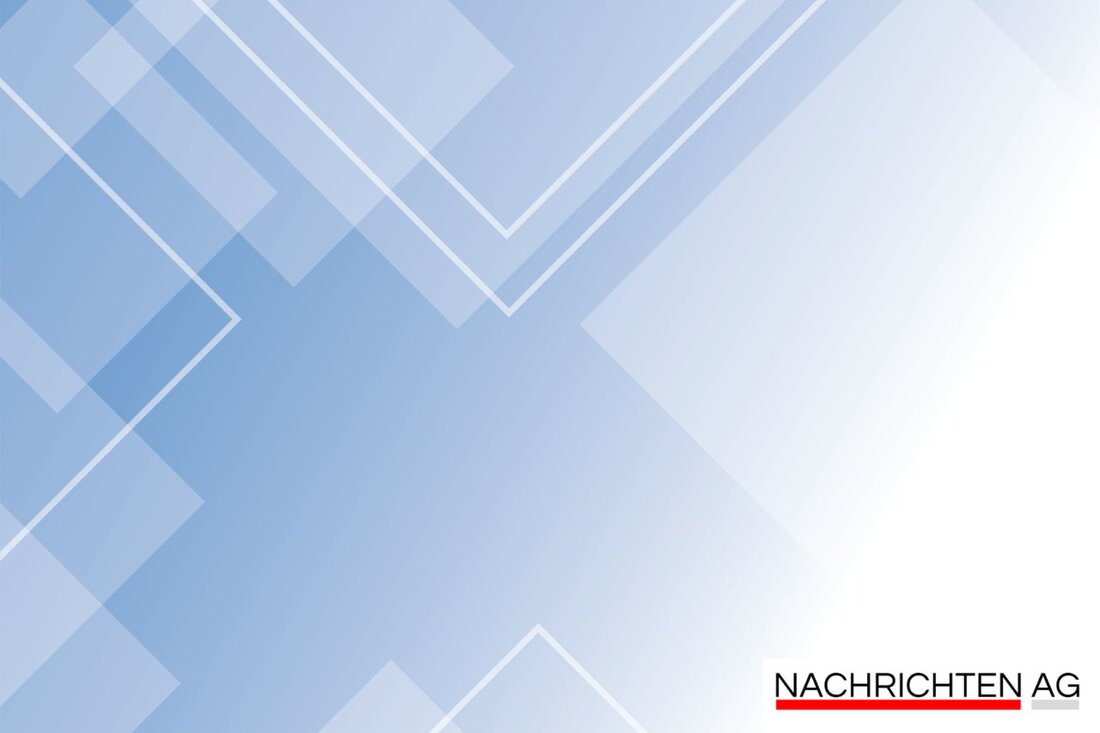Happiness in Saxony: The region is changing so positively!
Happiness in Saxony: The region is changing so positively!
What's new from the world of monuments? In the picturesque city of Riga, Latvia, is the impressive freedom monument that not only honors the past, but is also an important symbol of national identity. The monument was inaugurated in 1935 and protrudes 42 meters into the sky. It is structured in thirteen groups of sculptures and bas -reliefs that embody Latvian culture and history and are crowned by a 19 meter high pillar with the copper figure of freedom that holds three gold -plated stars. This impressive construction is the work of the Latvian sculptor Kārlis Zāle and was designed at the request of the then Prime Minister Zigfrīd Anna Meierovics. Based on private donations, the construction started in 1931, in the spirit of Latvia's independence, which was proclaimed after the First World War.
The Freedom monument is not only an architectural masterpiece, but also a central place for national gatherings and official ceremonies. In the middle of a park that is part of the pedestrian zone near the old town of Riga, events take place there regularly. However, the symbolic meaning of the monument has been exposed to political upheavals and social tensions over the years. Especially during the Soviet crew, there were considerations to demolish the monument, which were ultimately rejected. This testifies to the deep connection of the Latvians to its symbol of freedom, which is even considered to be defiant against oppression. Sächsische.de reported by the numerous challenges that has survived.
a place full of history and present
The preservation of such monuments is often a sensitive topic, as the Deutschlandfunk . The freedom monument enjoys a high priority in Latvian society and attracts many onlookers. Nevertheless, nature and air pollution threaten to endanger the preservation of the historical site. Regular restorations therefore take place, most recently between 1998 and 2001. The guards on the monument, which has consisted of soldiers of the national armed forces of Latvia since 1992, shows the connection of the people to their monument, which is now considered one of the most important symbols for the independence of the Latvians
Another example of the newer area of tension in monuments in Latvia is the monument by Tsar Peter the Great. Originally set up in 1910 to celebrate the 200th anniversary of Livonia's 200th anniversary to the Russian Empire, it remains a controversial topic. After a torpedo attack in the First World War, it was sunk in the Baltic Sea, but was later lifted and finally restored by Jewgenij Gomberg. The City Council of Riga tried to distance itself from the monument, but the original monument remains on site, which causes mixed feelings in the population.
grateful for progress
It shows that monuments not only consist of stone and mortar, but also from the stories of the people who surround them. Where the freedom monument once stood for independence struggle, a discussion about identity and belonging has developed. Latvian Foreign Minister Maris Riektin has decidedly rejected Russia's claim to power and illustrates that Latvia continues his way to sovereignty. This dynamic is also reflected in the meetings at the monument, where the values of the country are repeatedly discussed.
in a Europe in which nationality and identity play a major role, the freedom monument in Riga will still be a place of memory and dialogue, which remains of great importance for future generations. Despite the political turbulence and historical challenges, the spirit of freedom that it embodies continues.
| Details | |
|---|---|
| Ort | Sachsen, Deutschland |
| Quellen | |


Kommentare (0)